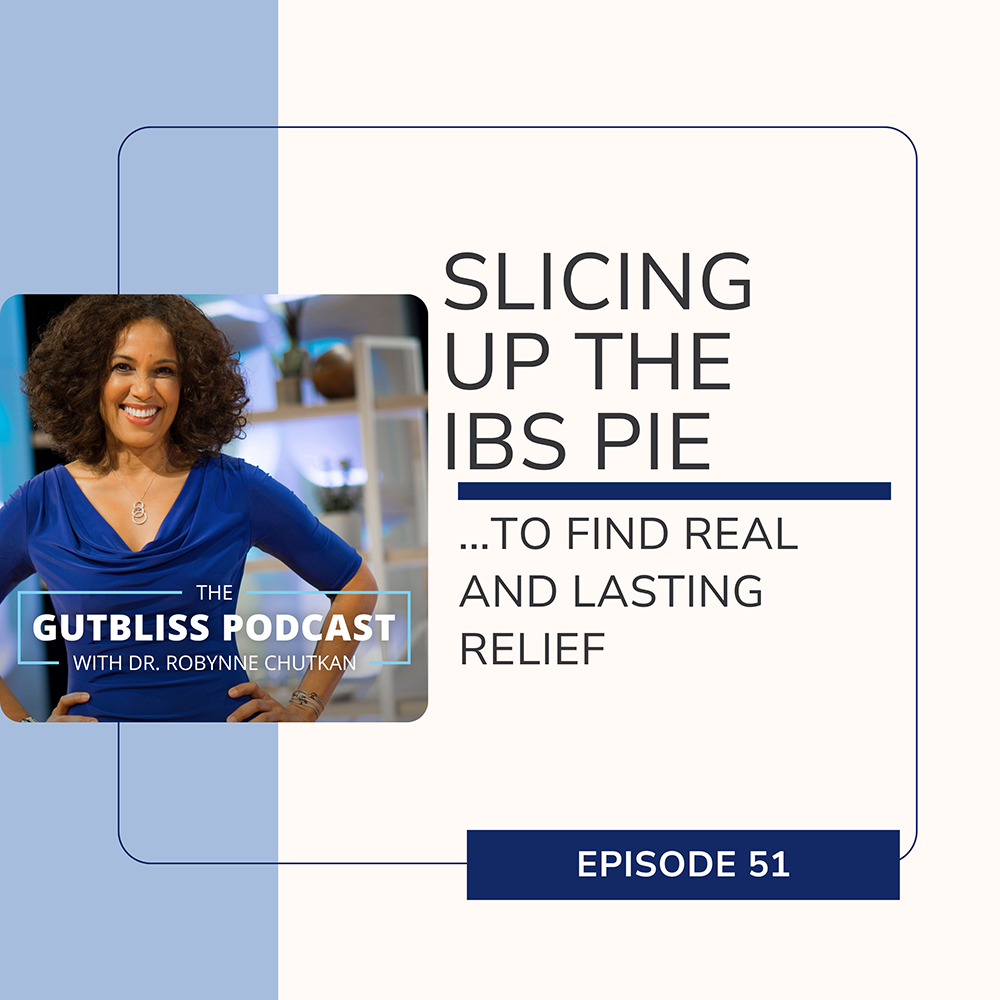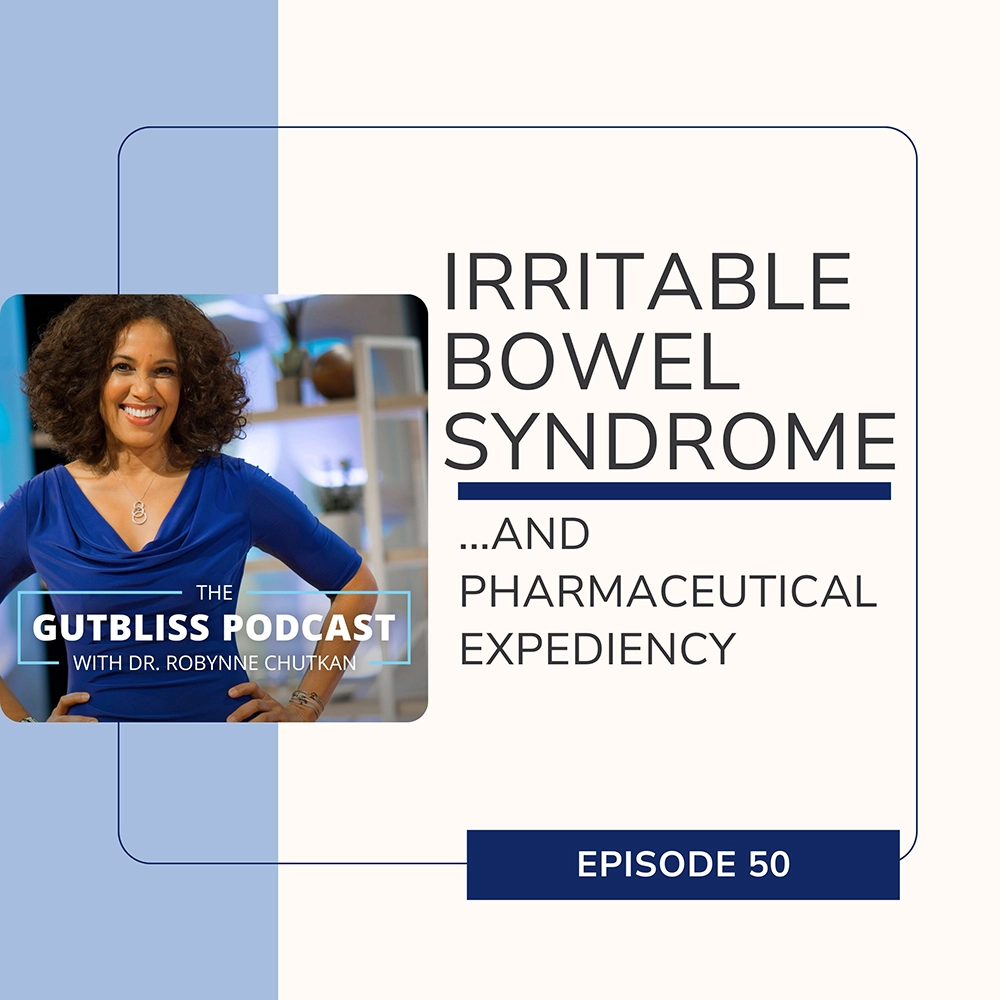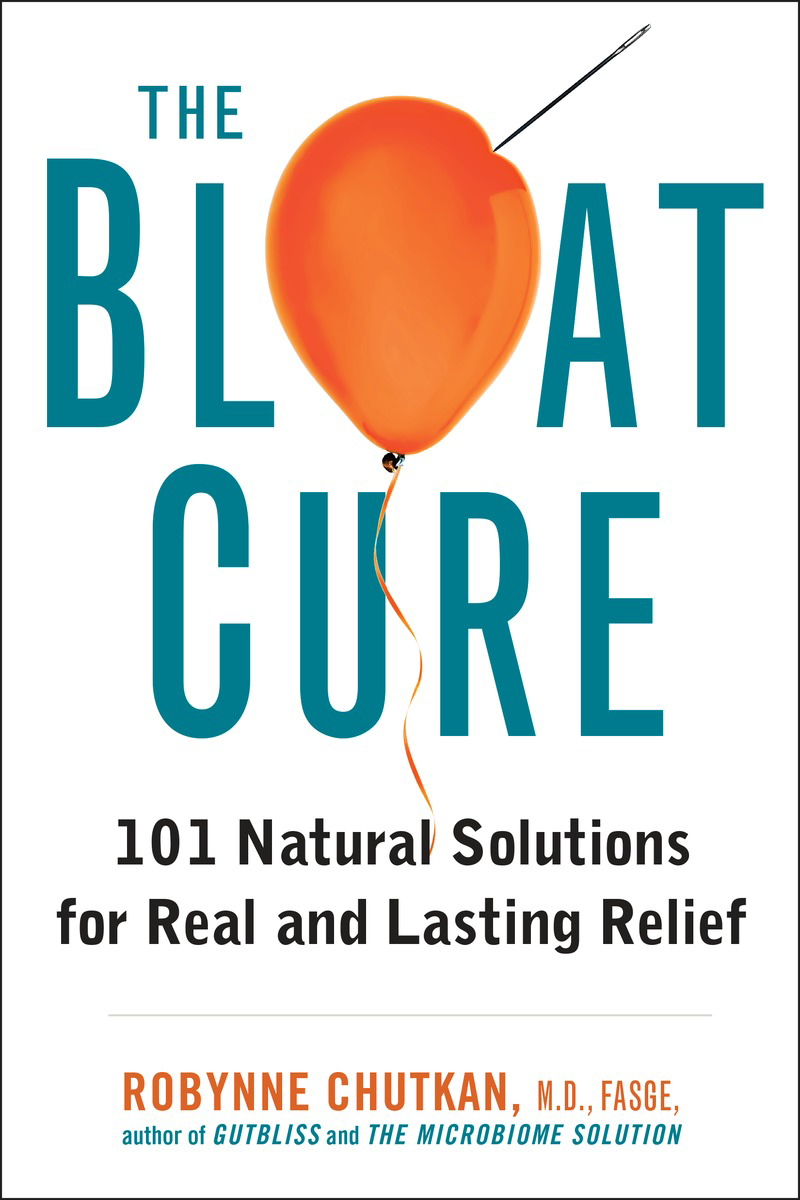I’m going to tell you about the specific things you should be paying attention to when you assess your bowel movements so you can understand what your stool is trying to tell you. Your GI tract communicates with you by giving you feedback through your stool. This is important information that can improve your health. It might even save your life. Your bowel movements can tip you off to the early signs of colon cancer, liver disease, infection. They can tell you whether you’re dehydrated, have a parasite, or problems with your pancreas. Not getting enough greens? Eating too much meat? Thyroid out of whack? Your stool gives you crucial information to help you make those important changes that can make you look, and feel, and function better. How can you figure out what your stool is telling you, and how do you know when you’ve achieved stool nirvana? The five essential factors that you should be assessing.
Thank you for being a part of our community! For the latest in digestive wellness go to https://gutbliss.com/ and follow us on Instagram for more gut health info.
Last week I told you about the importance of turning around and taking a look after you have a bowel movement. On today’s show, I want to tell you the specific things you should be paying attention to when you turn around and take a look so you can understand what your stool is trying to tell you. Yes – your GI tract is communicating with you by giving you feedback through your stool. And I’m going to help you translate that because this communication is important feedback that can improve your health. It might even save your life. Your bowel movements can tip you off to the early signs of colon cancer, liver disease, infection. They can tell you whether you’re dehydrated, have a parasite, or problems with your pancreas. Not getting enough greens? Eating too much meat? Thyroid out of whack? Your stool gives you crucial information to help you make those important changes that can make you look, and feel, and function better.
How can you figure out what your stool is telling you, and how do you know when you’ve achieved what I like to call stool nirvana? When we come back… the five essential factors that you should be assessing:
The first feature I want you to pay attention to is the COLOR of your stool. Bile and dead red blood cells give stool its characteristic brown color. Pale chalky stool can be a sign of liver disease or clogged bile ducts and is often accompanied by dark urine as the bile gets excreted through the kidneys instead of the digestive tract. But pale stool can also just mean that you are not eating enough green vegetables. And the truth is most people who have pale stool – that is likely the reason, not because of liver disease or a clogged bile duct. Yellow stool may mean a parasite like giardia or excess fat in the stool because of a pancreas that’s not secreting enough enzymes. Green stool can be the result of Clostridium difficile infection or antibiotics. Red stool occurs with bleeding from the colon or eating beets. Black stool usually signifies bleeding from higher in the GI tract or from an iron supplement. A lighter brown color may mean not enough deeply pigmented leafy greens. Blue food coloring can actually turn your stool blue. Stool nirvana COLOR: a deep brown color that looks like melted chocolate.
CONSISTENCY is another really important characteristic. Stool is 75 percent water, and dehydration is one of the commonest causes of a hard stool that’s difficult to pass. You may not feel thirsty until you’re already very dehydrated, so you need to make sure you’re drinking at least half your body weight in ounces of water daily to keep your stool moist and easy to pass. So if you weigh 150 pounds that’s 75 ounces, if you weigh 200 pounds that’s 100 ounces. Here are a few more tips about consistency: Plant fiber in fruits, vegetables, and beans adds bulk to your stool, and that creates a stool with a consistency that is easier for your colon to push out. If you are looking to create an amazing bulky stool with an ideal consistency, here’s what I recommend: have a green smoothie in the morning – and feel free to put berries or a green apple in it, then for lunch – split pea soup with a salad, and lentils and brown rice for dinner – and you can definitely add some animal protein to lunch or dinner if that’s your preference, but the smoothie, the split pea soup, the salad, the lentils and brown rice, that is all going to give your stool amazing bulk and an ideal consistency. Stool that’s too loose can be a sign of inflammation in the colon or infection with a virus, bacteria, or parasite. Now usually there will be other signs too if you have an infection – there may be nausea, maybe you have a fever depending on what the pathogen is, but an abrupt change in consistency where the stool is normally formed and all of a sudden it’s too loose – that really needs to be evaluated. Diabetes can cause loose stool when the nerves that control motility of the GI tract are affected, but it can also slow transit down and cause constipation and hard stool. An underactive thyroid is associated with hard stool and an overactive thyroid with loose stool. Medications can affect stool consistency, with narcotic pain relievers typically causing hard stool and antibiotics, magnesium-containing antacids, and diuretics causing diarrhea. Loose stool can also be a sign of lactose intolerance or food allergies. Stool nirvana CONSISTENCY: a soft, bulky stool that sends a strong signal when you need to go and exits easily but is not so loose that it leaks out.
We covered color and consistency and now we’re going to talk about CLARITY. Bits of corn, lettuce, or other vegetable matter in the stool represent undigested cellulose and are a normal and healthy sign of a plant-based diet. People with inflammatory conditions like Crohn’s or ulcerative colitis or celiac disease may have lots of undigested food particles in their stool because of malabsorption. In those situations there are usually additional symptoms such as weight loss, diarrhea, blood in the stool, or abdominal pain. Oily stools that float can be a sign of fat malabsorption from problems with the pancreas, liver, or gallbladder. And in the case of pancreatic disease, there is almost always weight loss along with the fat malabsorption. Stool nirvana CLARITY: a little plant matter in your stool within twenty-four hours of eating it and a stool that sinks to the bottom of the bowl and doesn’t float.
Next on the list: CUT. And yes, if you’re sensing a diamond theme you’re correct: Just like we use cut, color, clarity to assess diamonds, when it comes to stool, cut, color clarity, are important too. Your stool is also precious material too – just like a diamond! Pencil-thin stools can be a worrisome sign – they can represent colon cancer, diverticulosis, or inflammation in the colon. But pencil thin stools can also occur simply because you don’t have enough fiber in your diet. If you have a sudden change where your stools were a normal caliber and now they’re super thin, that definitely needs to be evaluated. Small pebble-type stools are characteristic of diverticulosis and represent casts of diverticular potholes where the stool has been sitting. Not enough fiber in your diet can also result in pebbly stools. And to take it full circle: not enough fiber in your diet can also cause diverticulosis. In fact, many of the things that go wrong in the colon are caused by not enough fiber. Stool that has been sitting in your colon a long time waiting to come out may form layers of varying colors and may be large and painful to pass because they’re dried out from sitting in your colon a long time and a lot of the fluid has been reabsorbed from the stool back through the lining of the colon, resulting in a hard dry stool. If you are squeezing your anal sphincter prematurely, before all the stool has a chance to exit, it may pinch off your stool, giving it a sausage on a string appearance. Sounds delightful, right? And of course because I’m a gastroenterologist I am using what else but a food analogy to talk about the appearance of your stool. Stool nirvana CUT: a thick stool at least the diameter of a big banana, several inches long. I think last week Janet and I talked about the velvet rope bowel movement – thank you Rocky for that!
Our final analysis of our bowel movements involves CLEANUP. A stool that leaves no messy residue when it exits, what I like to call the “clean wipe,” is characteristic of a very high-fiber diet. This ideal stool is virtually odorless and requires no room deodorizer afterward, although cruciferous vegetables like cabbage, broccoli, and cauliflower, some types of beans, and dried fruits can cause smelly gas because of incomplete digestion and additional fermentation by bacteria. Foul-smelling stool may be a result of bacterial overgrowth; inflammation in the GI tract; infection; too many sulfur-containing foods, chemicals, or artificial flavoring in food; lactose intolerance; or too much processed meat in your diet. Stool nirvana CLEANUP: a relatively odorless stool with a clean wipe and no messy residue.
And there you have it: the five essential factors for analyzing your stool: color, consistency, clarity, cut, and cleanup.
I want to leave you with 3 takeaways about stool nirvana:
1. Turning around and taking a look is one of the most important things you can do for your gut health. If you do it regularly, you will probably never need to come and see me!
2. What comes out is a reflection of what’s going in – how much fiber and water you’re consuming, but also what else is happening in your body. If you have a change in bowel habits, like new onset constipation or looser stool than normal, or blood in your stool, or pencil-thin stools, you definitely need to get that evaluated.
3. I want you to be a medical detective when it comes to your gut health – and that starts with being an expert on your own bowel movements.
So that’s it for this edition of the Gutbliss Podcast on Stool Nirvana and the five essential factors you should be assessing when you turn around and take a look.









